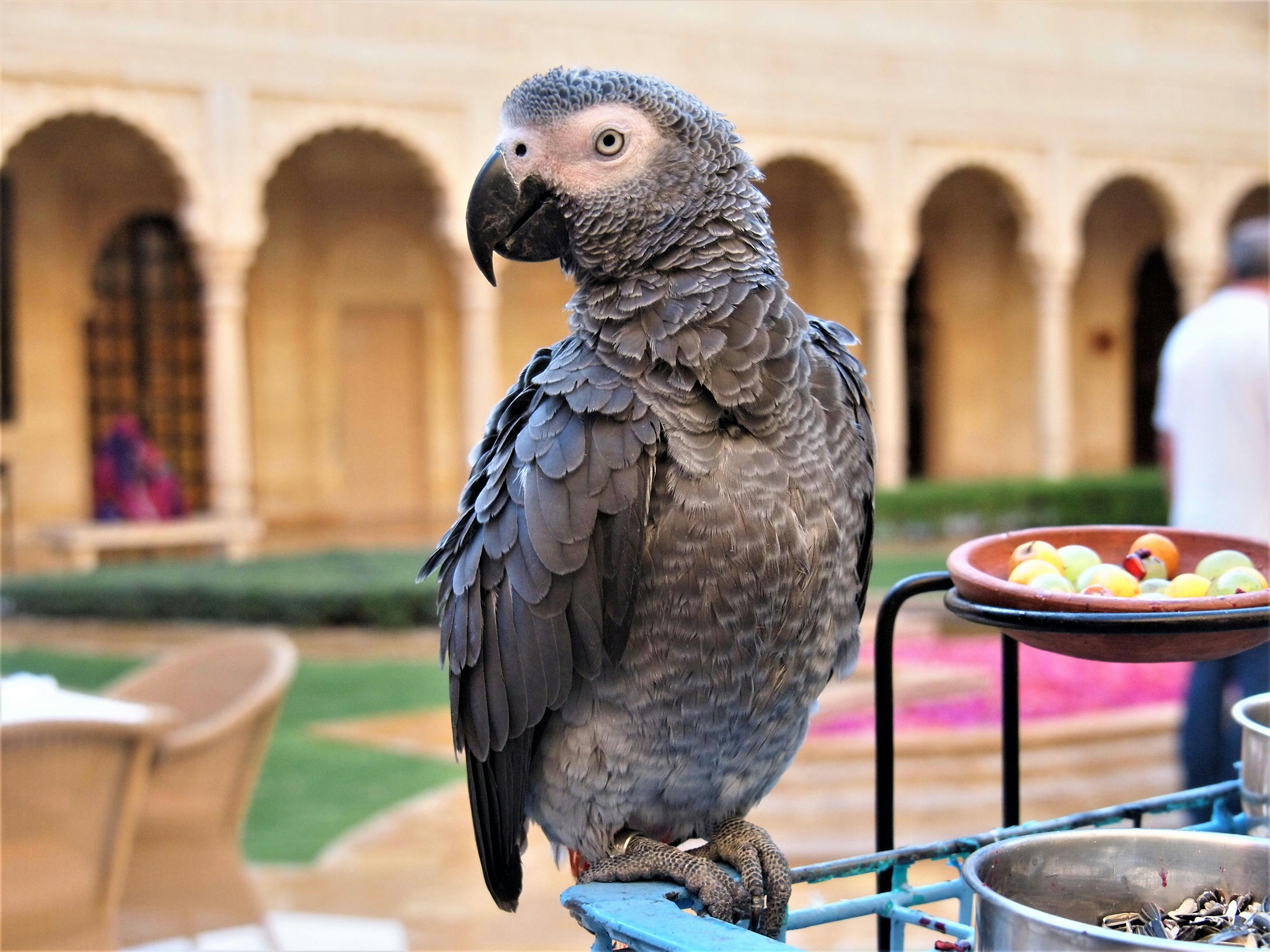
Top 5 Effective Methods for Setting Up Your African Cichlid Tank in 2025
Setting up an African cichlid tank can be an exciting adventure for any aquarist. Known for their vibrant colors and unique personalities, African cichlids require specific tank conditions to thrive. Choosing the right setup can significantly impact the health and happiness of these fish. In this guide, we will delve into the top five methods for establishing an ideal African cichlid aquarium. This includes selecting the right tank setup, understanding water parameters, ensuring proper filtration, creating the right environment, and monitoring the tank effectively. With the right knowledge, you can create a stunning and sustainable habitat for your cichlids. The following sections will provide essential guidelines, practical tips, and best practices that cater specifically to the needs of African cichlids.

Effective Tank Setup for African Cichlids
Choosing the Right Size for Your Cichlid Tank
The first step in setting up your African cichlid tank is to select the appropriate size. Generally, a minimum of 55 gallons is recommended to provide adequate swimming space for these active fish. Larger tanks allow for a better distribution of territorial behavior, helping to reduce aggression among cichlids. When considering tank size, also think about how many cichlids you plan to keep. Overcrowding can lead to stress and health issues, so it's essential to strike a balance between the number of fish and available space. Additionally, larger tanks are easier to maintain in terms of water quality, minimizing the potential for toxic buildup and fluctuations in parameters.
Optimal Tank Layout and Decor
Creating a suitable layout within your tank involves the strategic placement of rocks, caves, and plants. Cichlids are territorial fish, and having plenty of hiding spots can significantly decrease aggression. Use aquarium-safe decorations like natural rocks and driftwood to simulate their natural habitat. Incorporating plants can positively affect your aquarium's aesthetics. However, be mindful that some cichlids may uproot plants. Consider using harder, more resilient aquatic plants that can withstand cichlid interactions. A well-planned decor will enhance the beauty of your cichlid setup while allowing fish to establish territories.
Water Quality Considerations for Cichlid Tanks
Maintaining excellent water quality is crucial for the health of your cichlids. The African cichlid habitat typically consists of alkaline water with a pH between 7.8 to 8.6. Regularly test your water parameters using reliable test kits to ensure you maintain these levels. Water temperature should be kept steady, ideally between 75°F to 82°F. Use a high-quality heater and thermometer to monitor your tank's temperature, ensuring that your cichlids remain comfortable. Regular water changes (approximately 20-30% weekly) are essential to keep nitrate levels low and ensure the overall health of your aquarium.
Setting Up a Proper Filtration System
Importance of Filtration in Cichlid Care
A reliable filtration system is vital for any aquarium, especially for African cichlids that produce considerable waste. A robust filtering system helps maintain water clarity and quality, which is crucial for the well-being of your fish. Consider using a filter rated for at least twice the volume of your tank. This ensures effective mechanical, chemical, and biological filtration. Regularly clean and maintain the filter to ensure optimal performance, preventing the buildup of harmful substances that could affect your cichlids.
Cichlid-Specific Filtration Solutions
Given the unique requirements of African cichlids, some aquarists opt for specialized filtration setups such as sponge filters or canister filters. Sponge filters are gentle yet efficient, allowing baby cichlid fry to thrive with minimal current. On the other hand, canister filters provide superior filtration and water movement, which can benefit mature cichlid environments. Always ensure that your filtration system is tailored to suit the size and species of cichlid you are keeping, allowing them to thrive while maintaining water quality.
Monitoring and Maintenance for a Thriving Environment
Routine Tank Monitoring Techniques
Once your African cichlid tank is set up, consistent monitoring is key to preventing fish diseases and maintaining a healthy aquarium. Regularly check water parameters such as ammonia, nitrite, nitrate levels, and pH. Keeping a log of these measurements can be beneficial in identifying concerning trends over time. Observing cichlid behavior can also provide insights into their health. Notice signs of stress, such as excessive hiding or aggression, which might indicate that adjustments in tank conditions are necessary.
Establishing a Comprehensive Maintenance Routine
Creating a maintenance routine ensures that your cichlid’s environment remains stable and healthy. This routine should include weekly water changes, filter cleanings, and substrate vacuuming. Additionally, monitor the health of your aquarium plants and decorations, making necessary adjustments or replacements to maintain an optimal habitat. Incorporating proactive measures like observing feeding habits and checking for sick fish can help manage any potential health issues before they escalate. By acknowledging the signs of cichlid diseases early, you can take action to protect your fish.

Conclusion: Creating a Sustainably Managed Cichlid Aquarium
Setting up an African cichlid tank in 2025 involves understanding the requirements specific to these vibrant fish. By focusing on proper size, layout, water quality, effective filtration, and consistent monitoring, you can create a nurturing environment that enhances the health and beauty of your tank. With proper care, you can enjoy a thriving aquarium, rich with the stunning colors and lively interactions of African cichlids.
For further insights into cichlid care, check out our detailed articles on cichlid care tips and breeding African cichlids.